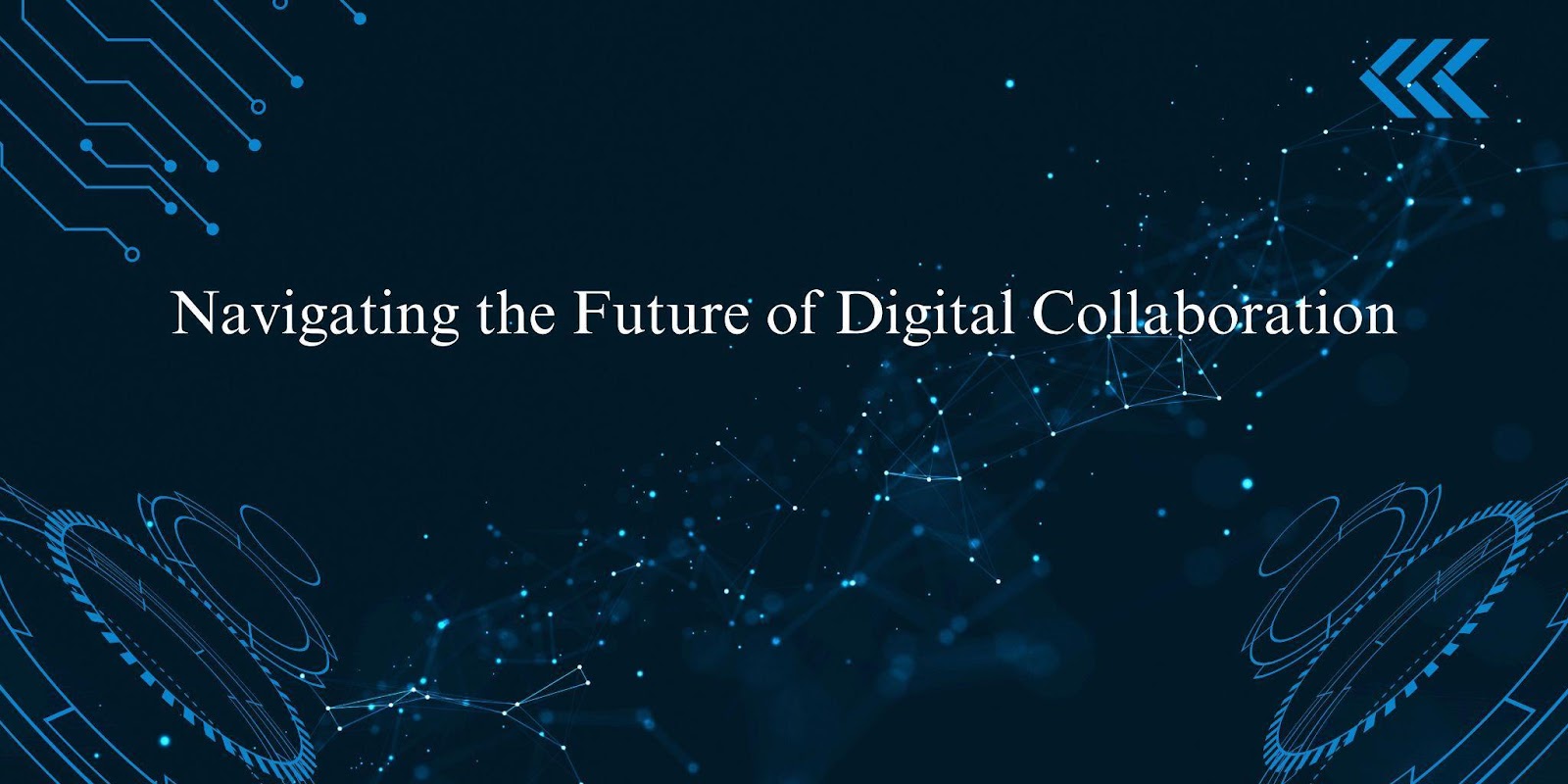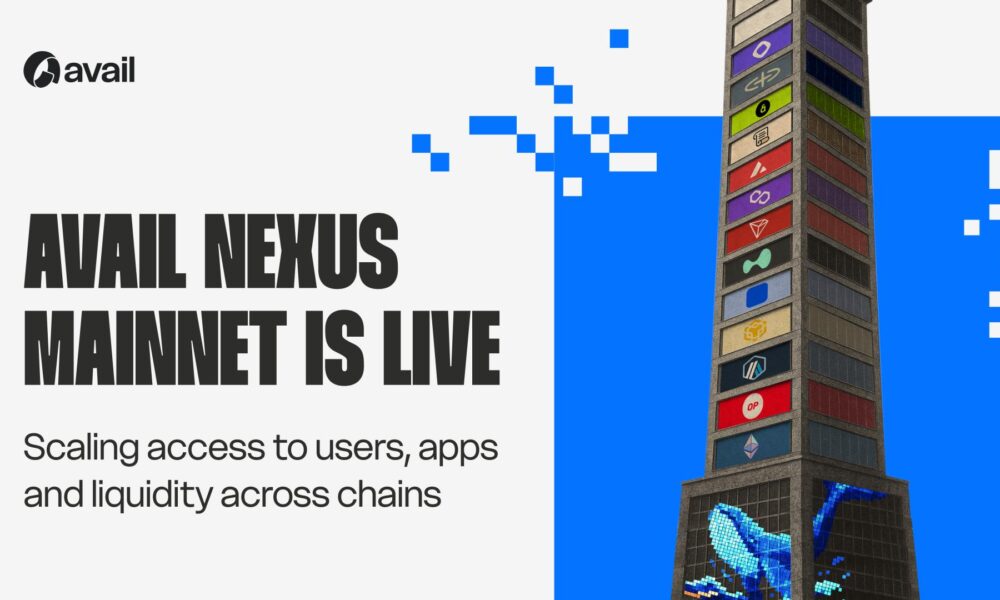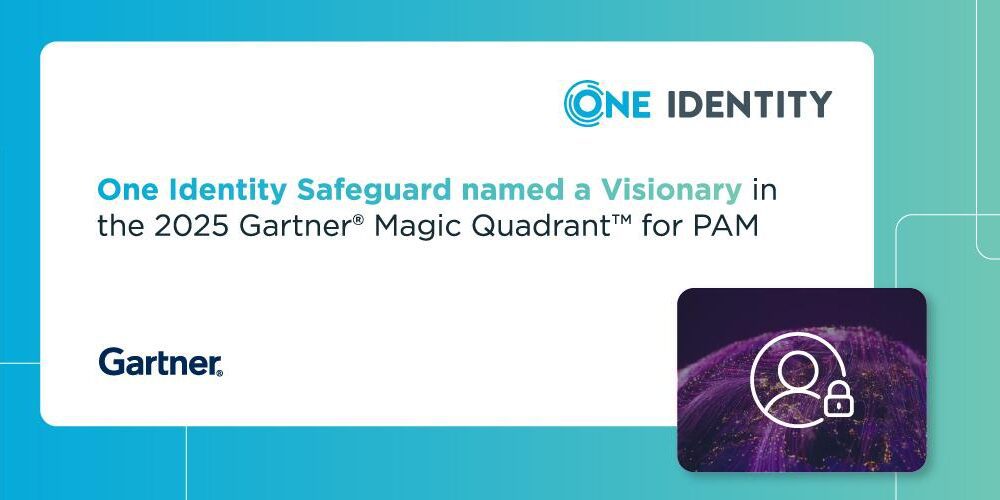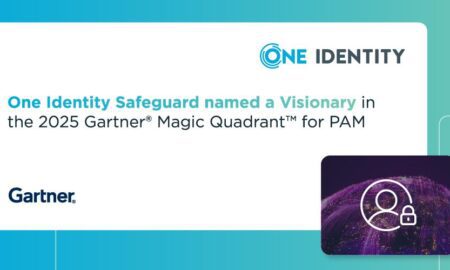In his latest analysis, Hemanth Aditya Challoju, a researcher and expert in user experience design, explores innovations that are redefining enterprise communication. This article highlights key takeaways from his study, emphasizing user-centered design and its transformative impact on workplace collaboration tools.
A New Era for Communication Platforms
The shift to remote and hybrid work models has fundamentally reshaped organizational structures, making digital communication platforms indispensable. These tools have evolved beyond basic messaging systems to become holistic ecosystems that support collaboration, task management, and the seamless flow of information. By adopting strategic design approaches, these platforms are transforming workplace dynamics, fostering innovation, and enhancing productivity. They are no longer just tools but central components in creating a cohesive virtual work environment where efficiency thrives.
Streamlined Navigation for Enhanced Productivity
Navigation design is crucial to creating an intuitive user experience, seamlessly blending functionality with ease of use. Innovations like layer-based hierarchies streamline access to conversations, project spaces, and task management tools, while smart content categorization ensures quick retrieval. Responsive layouts adapt to different screens and user preferences, reducing cognitive strain and promoting seamless workflows. These advancements enable teams to collaborate efficiently, minimizing interruptions. Furthermore, cross-functional collaboration thrives as users navigate complex organizational structures effortlessly, allowing them to focus on shared goals and enhancing overall productivity in dynamic and diverse work environments.
Optimized Home Screens for Better Organization
Home screen redesigns align interfaces with user expectations, dynamically adapting to behaviors for a clear view of active conversations, pinned content, and recent tasks. This intelligent organization ensures immediate, intuitive access to information. By integrating task management directly into the home interface, users can track progress and responsibilities efficiently without context-switching. This streamlined design eliminates redundancies, fostering seamless engagement with workspaces while enhancing workflow clarity, enabling users to stay focused and productive in a cohesive digital environment.
Technical Improvements That Power Performance
While the visual appeal of user interfaces garners attention, the technical underpinnings are equally crucial. The latest updates in enterprise platforms have introduced significant backend optimizations, enhancing both speed and reliability. Faster API response times and reduced rendering latencies contribute to a seamless experience, even in high-demand scenarios. Consistency in performance across various devices—from desktops to mobile platforms—ensures accessibility for all users. Furthermore, these advancements extend to resource efficiency, with better memory utilization and smoother content delivery across network conditions. Together, these improvements empower users to manage both simple tasks and complex collaborations effortlessly.
Transforming Team Collaboration Dynamics
Collaboration tools are pivotal in shaping team dynamics, especially in distributed work environments. The latest interface updates have reinforced both synchronous interactions, like real-time meetings, and asynchronous workflows, such as project updates and documentation sharing. Enhanced accessibility to shared resources promotes informed decision-making, while refined notification systems prioritize critical updates without overwhelming users. These developments not only enhance productivity but also foster a sense of connectivity, ensuring that teams maintain cohesion and momentum, even when separated by time zones or physical boundaries.
Balancing Cognitive and Social Needs
Striking the right balance between technical efficiency and emotional engagement is essential for user experience design in enterprise tools. Simplified interfaces that minimize distractions support better focus and cognitive processing, enabling users to complete tasks more effectively. At the same time, these platforms also facilitate meaningful social interactions, helping teams build rapport and maintain morale. By addressing both practical and emotional needs, modern communication platforms are setting new benchmarks for creating enriching digital collaboration environments.
Charting the Future of Enterprise UX
The future of enterprise communication platforms lies in adaptive design and innovative technologies like AI and virtual reality. Personalized interfaces for diverse users will enhance adoption, while AI assistants streamline workflows and virtual spaces mimic in-person interactions. Long-term studies on user behavior and platform usage will guide innovation, ensuring platforms remain agile and effective, meeting evolving workplace demands and redefining collaboration for a more connected and efficient future.
In conclusion, Hemanth Aditya’s analysis emphasizes the transformative role of user experience design in enterprise communication, blending technical sophistication with human-centric design to create accessible, high-performing tools that enhance modern workplace dynamics and inspire next-generation digital collaboration platforms.

































